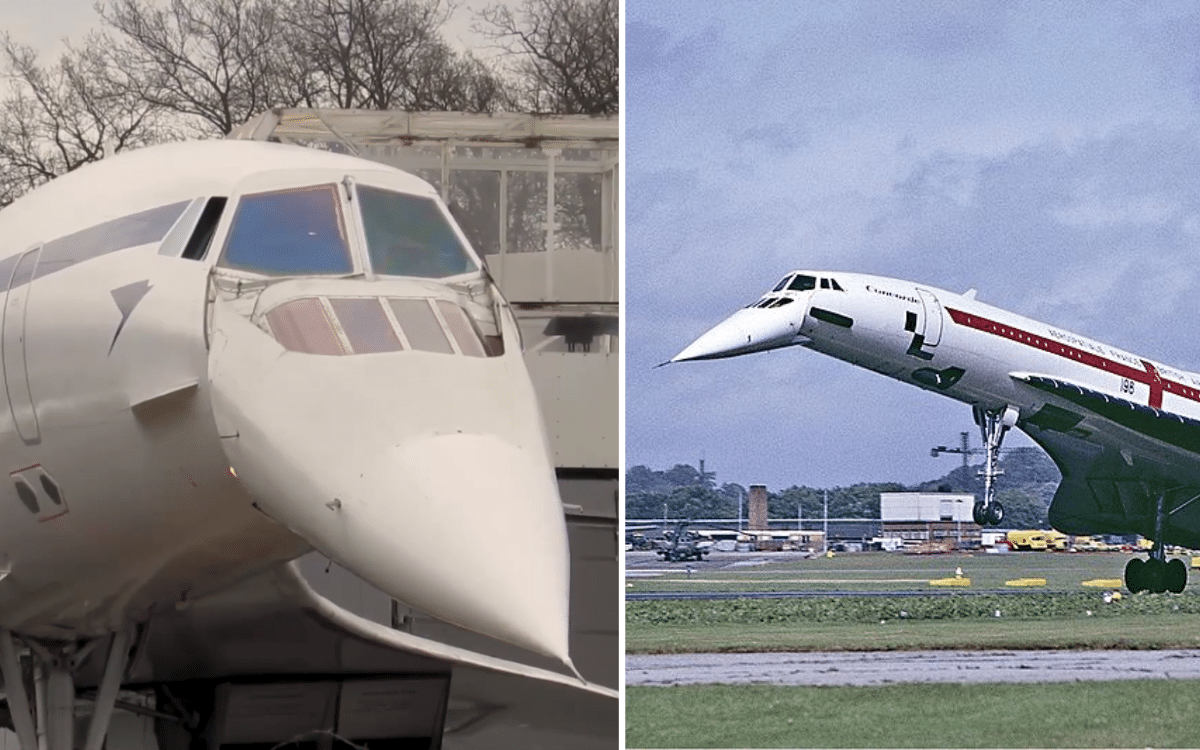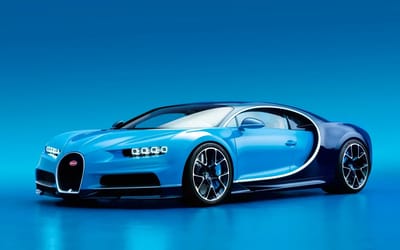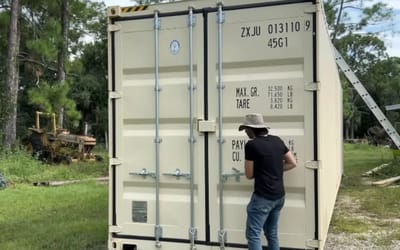Concorde’s droop nose had a pivotal part to play in the flights
- Concorde stands out from other aircraft for multiple reasons
- Its design was unique, featuring a slim body and a down-turned nose
- The nose played a crucial role in the plane’s takeoff and landing stages
Published on Jan 09, 2024 at 8:39 PM (UTC+4)
by Andie Reeves
Last updated on Jan 11, 2024 at 1:08 PM (UTC+4)
Edited by
Adam Gray
Concorde is one of the most iconic aircraft ever created for several reasons.
It was the plane of choice for celebrities, flew faster than the speed of sound, and could get you to New York earlier than you’d left London.
But one design element made this plane extra unique: its drooped nose.
Here’s why the engineers gave it this strange look and how it actually enhanced the flying experience.
READ MORE: NASA will unveil new ‘quiet’ X-59 supersonic jet that will break sound barrier also silently
Two decades after the final Concorde journey, it appears that supersonic flight is poised to make a comeback.
NASA is about to unveil its silent supersonic jet, while a plane called Stargazer is set to reach speeds of Mach 9 soon too.
But before all these new jets there was Concorde.
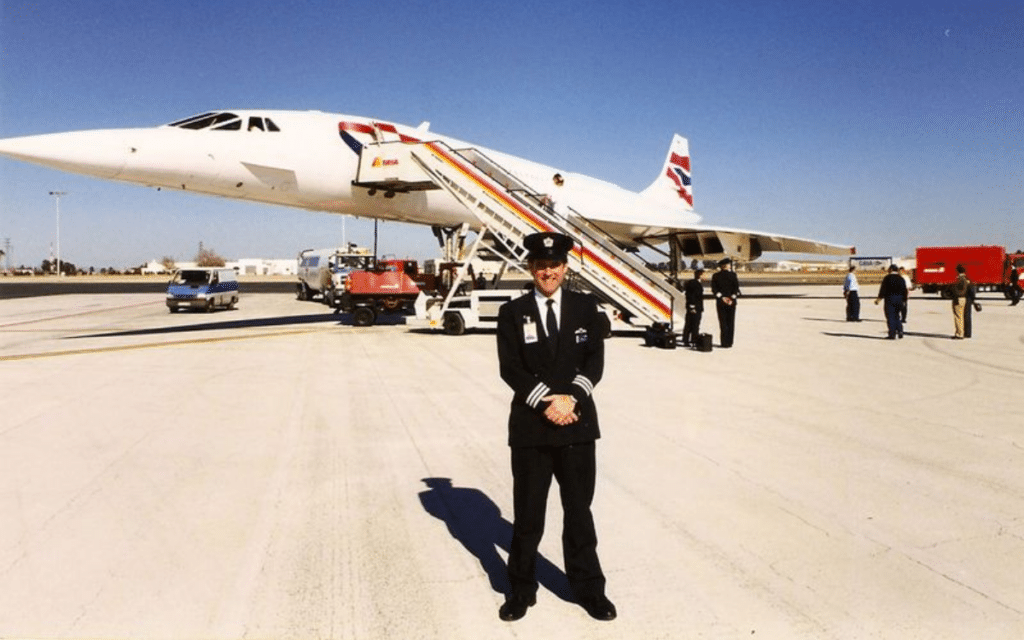
At the height of its popularity, Concorde was frequented by the rich and famous.
It gained popularity for its incredible speed and the glamorous experience it offered, which included bottles of Dom Perignon and caviar.
Besides the unique thrill of flying at supersonic speeds, the plane’s design was also one-of-a-kind.
Its body and wings were shaped especially to enhance its aerodynamics.
Most notable was its nose, which could turn downwards, giving the plane a very strange look.
The nose played a crucial role in the plane’s flight operations.
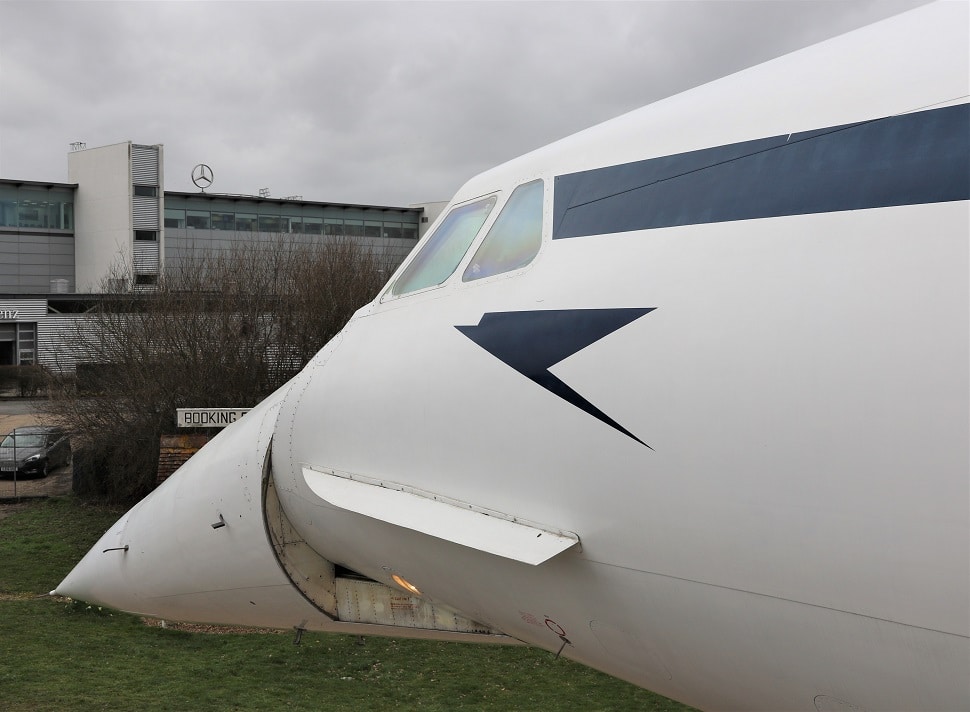
It would be placed in a lowered position during takeoff and landing.
This gave the pilots a better view of the runway, helping them maneuver the oddly-shaped aircraft during these critical phases of the journey.
Once at cruising height, which was 60,000 feet, the nose would be raised to its regular position.
This would create a more streamlined silhouette, reducing drag and fuel usage.
No other aircraft has ever made use of this innovative design, which allowed Concorde to operate at both low takeoff speeds and supersonic cruising speeds.
But with so many new supersonic jets in the works, we just might see this pioneering nose shape make a comeback.
DISCOVER SBX CARS: The global premium car auction platform powered by Supercar Blondie
Andie is a content writer from South Africa with a background in broadcasting and journalism. Starting her career in the glossy pages of Cosmopolitan and Marie Claire, Andie has a broad portfolio, covering everything from sustainability solutions to celebrity car collections. When not at her laptop Andie can be found sewing, recording her podcast, taking board games too seriously or road-tripping in her bright green Kia.
